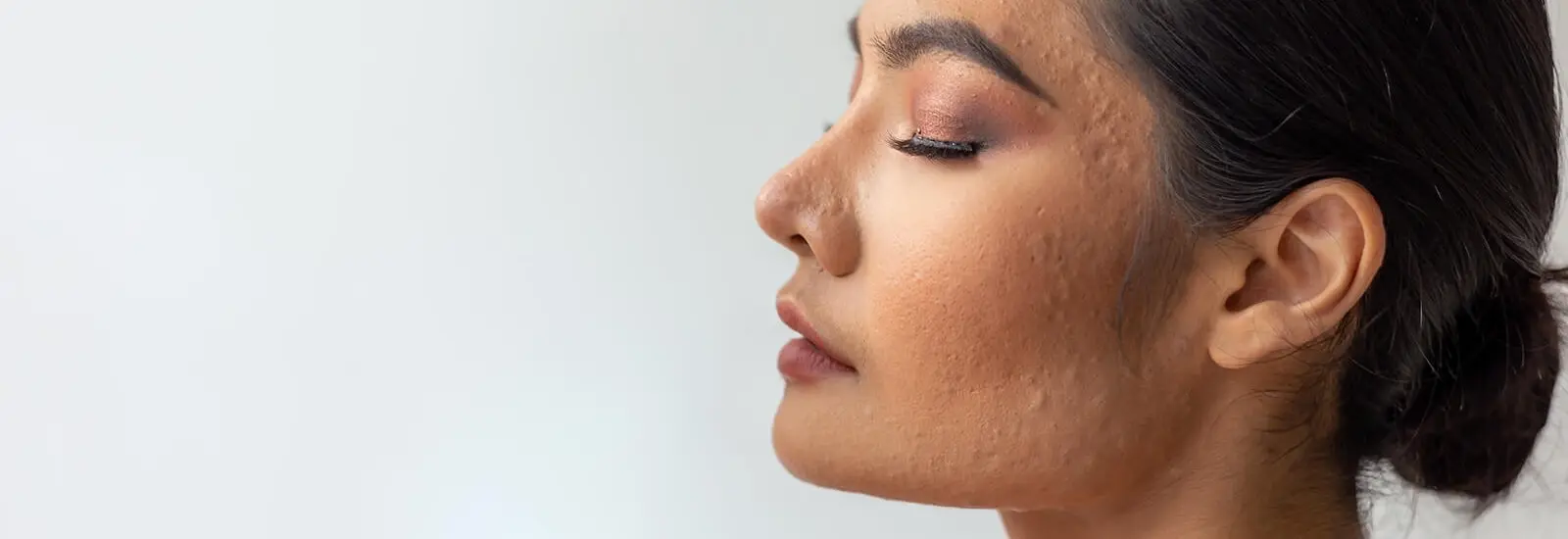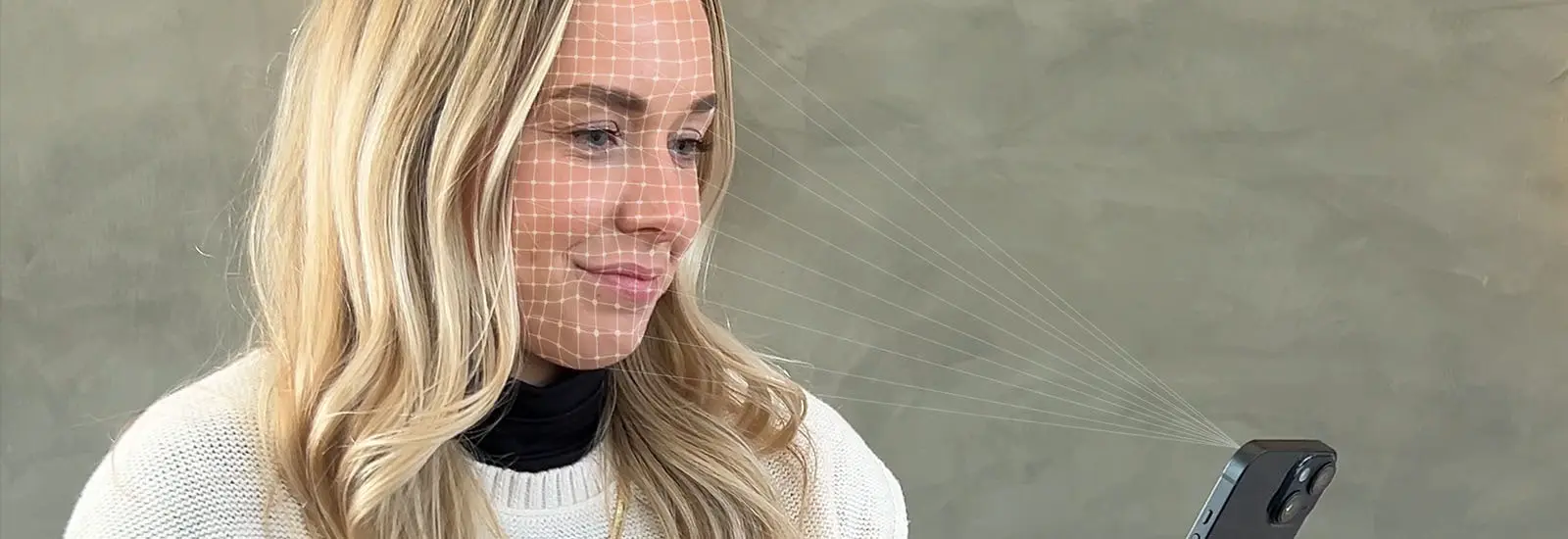There's no shortage of science-backed buzz surrounding the causes and treatments of acne. But, one of the lesser known topical treatments that may help reduce acne marks is retinol. This powerful ingredient is ready to deliver everything from an anti-aging collagen boost to helping with skin cell turnover.
But unlike your favorite moisturizer or sunscreen, retinol products are not intended to be slathered on twice a day. To make the most of this ingredient's benefits — without overwhelming your skin — it's smart to do your research on how it works and how it interacts with other skincare compounds. Luckily, everything you need to know about how to use retinol properly is already in one spot.
A Retinol refresher
Before diving into how to use retinol, here's a refresher on the compound behind the name. Retinol is the scientific term for vitamin A and its derivatives, which stimulate collagen production, accelerate skin cell rejuvenation, neutralize inflammatory signals that cause acne and reduce the appearance of fine lines and wrinkles. Basically, retinol is a skincare workhorse that combats signs of aging and helps reduce acne marks at the same time!
Using Retinoids for acne marks
Finding products that get rid of acne once and for all can be frustrating – but with time and dedication, you can find the perfect routine for you. Adding a product that contains retinol to your current skincare routine can help with stubborn acne and post-acne marks. But before you jump in, make sure you understand what happens when you introduce retinol into your routine.
Retinol stimulates cellular turnover at the surface skin cell level. This promotes the natural exfoliation process and releases pore-clogging dead skin cells, which help erase the look of acne marks. By combining retinol with alpha-hydroxy acids (AHAs), you may reduce outbreaks and combat oily skin. To reduce potential irritation, try using retinol and AHAs on alternating days or use AHAs in the morning and retinol at night.
Less is more
As with so many good things, retinol is best used in moderation, especially for those with sensitive skin. You may be tempted to use retinol morning and night, but it's important to use it sparingly in the beginning. Gradually introduce the ingredient into your routine — if you're like most, it will take several weeks for your skin to adjust.
Start off by using a pea-sized amount once a week for two weeks. Then, slowly move up to twice a week until there are no signs of irritation. Once you've built up a tolerance, it's safe to increase your usage to every other night or every night indefinitely. At this frequency, studies suggest that retinoids improve overall complexion.




